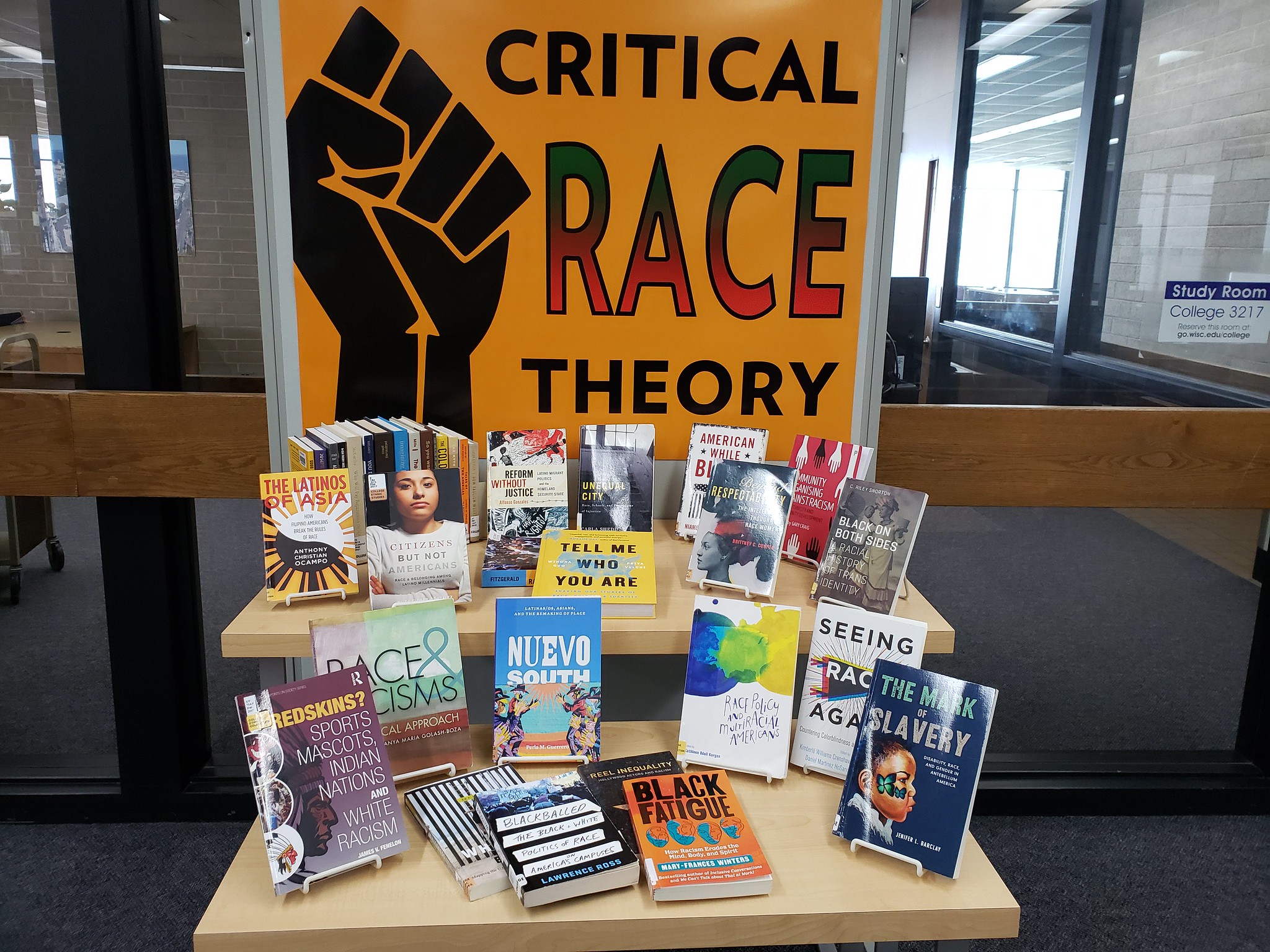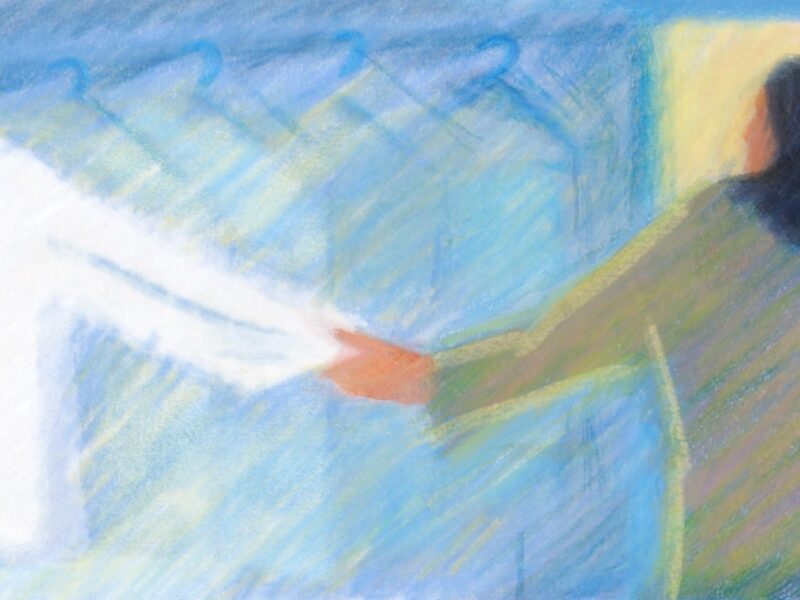Critical Race Theory has become a Trojan horse for discussions about privilege, gender, race, and inequity, and serves as a rally point for conservative politics.
As the debate over Critical Race Theory, also known as CRT, rages across the United States, the foundational principles, values, and aims of the American education system are called into question. The war over CRT amplifies these essential questions: Who gets to tell the stories of this country, whose stories are worth telling, and how do these stories inform our lives today? It is ironic, of course, that these heated controversies are playing out across historic and contemporary Indigenous homelands.
There is a manufactured nature to the controversy surrounding Critical Race Theory. Far from an attempt to make white children feel guilty about atrocities that took place before they were born, or shame for their skin color, as CRT detractors have argued, the scholars who pioneered and practice the theory use it as a tool for understanding systemic oppression.
Academics recognized CRT in 1989, but its roots go back to the 1960s and 1970s, when legal scholars developed critical legal theory as a means of interrogating how the legal system served the interests of the rich and powerful at the cost of the poor and marginalized. Today, teachers use CRT to inform their age-appropriate lessons about discrimination, history, and oppression. Political pundits who claim that teaching the perspective of the marginalized is the same as teaching CRT are simply wrong.
It’s easy to see how the sudden outrage from right-wing politicians over CRT has deflected attention from this moment of racial reckoning in the post-George Floyd era. Virginia’s Governor Glenn Youngkin, for instance, made opposition to Critical Race Theory a centerpiece of his election campaign; on this platform, he successfully secured his place as Virginia’s first Republican governor in more than a decade. On his first day in office Youngkin made good on his campaign promise by passing an executive order to “end the use of inherent divisive concepts, including Critical Race Theory, and restore excellence in K-12 public education in the commonwealth. Put simply, Critical Race Theory has become a Trojan horse for discussions about privilege, gender, race, and inequity, and serves as a rally point for conservative politics.
To understand the implications of this political development for Native communities, it is important to consider the larger context of Indigenous peoples within existing school curricula. Long before Critical Race Theory was ever formulated, schools in the U.S. failed abysmally in teaching about Indigenous histories, cultures, and contemporary politics. The effect of this failure is painfully obvious among the college students who sit in lecture halls like the ones in which I teach.
As a university faculty member who teaches both American Studies and Native American and Indigenous Studies at a predominately white institution, I often poll students about their knowledge of Native American history and culture, in order to teach effectively. In most cases, their exposure to Native histories is limited to a sanitized version of Columbus’ “discovery” of America, the Thanksgiving myth, and a little bit about the Cherokee Trail of Tears. My students from California often report on their fourth-grade experience of learning about the Spanish mission system—a system of mass death, forced labor, disease, and starvation—by building miniature replicas of the missions out of popsicle sticks and sugarcoating the historical narrative with actual sugar cubes, which they fashioned into mission fixtures.
One of the most striking and disturbing trends I have noticed throughout my years in the classroom and as a public advocate for Indigenous issues is that non-Natives tend to be woefully unaware of the fact that, in addition to the local, state, and federal government levels, there is also the tribal government level. My students are often dismayed to learn that these tribal governments are not marginal, but numerous and powerful—that there are, in fact, 574 sovereign nations with a government-to-government relationship with the federal U.S. governing institutions. The syllabus of my public high school’s civics and government course did not include any lessons about tribal nationhood, self-governance, citizenship, and sovereignty, and this is clearly the case for the vast majority of public schools.
I am deeply concerned to see that our nation’s rising college-educated youth could potentially embark on careers in government without learning that more than 56.2 million acres of this country—for context, only 11 of the 50 states are larger than 56.2 million acres—are under the jurisdiction of tribal governments. Nor are they aware that the largest tribal reservation, governed by the Navajo Nation, is larger than one-fifth of all states, including West Virginia, Maryland, Hawaii, Massachusetts, Vermont, New Hampshire, New Jersey, Connecticut, Delaware, and Rhode Island.
This ignorance is not the fault of the students. The responsibility for ensuring that our youth—our next generation of leaders—receive a historically accurate education and are prepared to go out into the world with a toolbox of knowledge that will carry us all through to the next day falls upon parents, teachers, administrators, and policymakers. At a time when Native students are still subjected to racial slurs, nonconsensual haircutting, Indian-themed mascots, and screeching, headdressed mockeries in their schools, the idea that states are passing legislation that will result in teaching even less essential information about Indigenous peoples and our roles in this nation is extremely difficult to accept or understand.
Given the pitiful state of existing education regarding the First Americans, it seems that Critical Race Theory has become the Right’s latest desperate effort to perpetrate a colorblind national narrative. For Native peoples, colorblindness—although not conceptualized as such at the time—can be seen in the pedagogical philosophy of Richard Henry Pratt, the former military officer who, after the Civil War, established residential schools for Native Americans where the guiding pedagogical theory was “kill the Indian, save the man”—i.e., strip Native children forcibly of their culture and language and force them to assimilate into white society.
Pratt ushered in a new policy era that shifted the country’s policies regarding Indigenous populations away from military warfare and physical death, to the new goal of achieving Indigenous cultural and political death through assimilation. Pratt’s Carlisle Indian Industrial School, and hundreds of others that copied his pedagogical model, achieved this aim by separating Indian children from their families and enrolling them in institutions where the children’s hair was cut, their languages and religions forbidden, and all forms of Indigenous community connections disallowed. These are now the sites where hundreds of Native children’s bodies are being discovered in unmarked graves. They are a stain on our national history, an example of the failures of colorblind and assimilationist ideologies, and, indeed, a testament to soundness of the concept of structural racism.
When it comes to the intersection of the current Critical Race Theory debate and Indigenous populations, these continued attempts to silence discussions about the violence endured by Native communities, our strength and resilience in overcoming attempts to wholly eradicate us, and ongoing injustices facing Native peoples today can all be understood within the framework of the attempted erasure our people. But these efforts are not new; various political attempts to “solve” the “Indian problem” have changed and evolved since the founding of the United States.
Those who oppose teaching accurate, representative lessons about Indigenous peoples overlook a fundamental truth that must be reckoned with if we are to continue to grow as a society: Native peoples did not vanish, we are not extinct, and we remain an important part of America’s history and present day. The same is true for Black and other people of color, members of the LGBTQ2S+ community, folks of differing abilities, women, and gender nonconforming individuals, all of whom are represented within the Native population and with whom Indigenous communities are allied in this shared struggle. The very fact that a sizable portion of this nation supports the imposition of legal restrictions on teaching students about race, identity, and history demonstrates the importance of this type of educational instruction.



